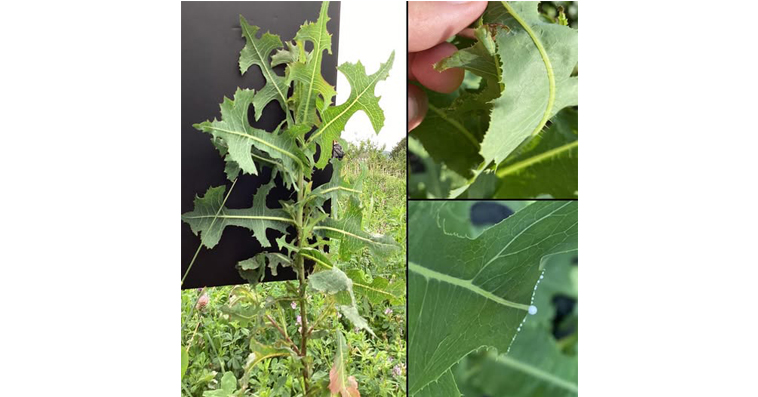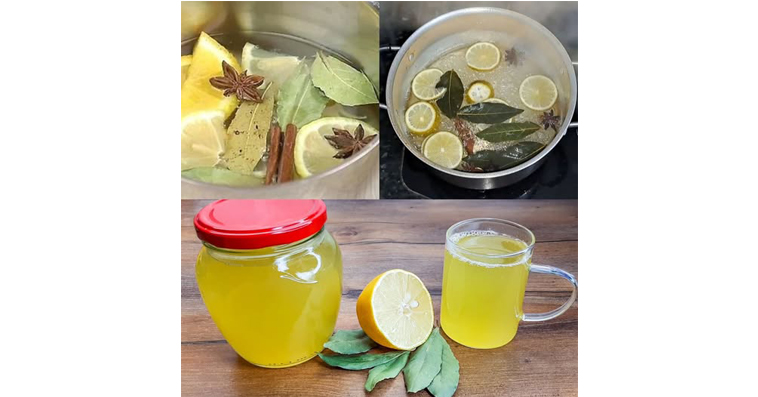Harnessing the Power of Goose Grass: A Comprehensive Guide to Its Preparation and Therapeutic Uses
Goose grass, also known as cleavers or Galium aparine, is often dismissed as a common garden weed, but this plant has been used for centuries in traditional medicine for its remarkable therapeutic properties. From promoting kidney health to soothing skin irritations, goose grass offers a wide range of health benefits. In this detailed guide, we will explore how to properly identify, harvest, prepare, and use goose grass for various health conditions.
1. Identification and Harvesting
Identifying Goose Grass:
Goose grass is easily identified by its long, slender stems that can grow up to several feet in length. The plant features tiny, greenish-white star-shaped flowers that bloom in clusters. One of its most distinctive characteristics is the small, hook-like hairs on its stems and leaves, which allow the plant to cling to clothing, fur, and other plants. The leaves are narrow, lance-shaped, and arranged in whorls around the stem. Knowing how to properly identify goose grass is crucial for safe harvesting and use.
Best Time to Harvest:
The optimal time to harvest goose grass is in the spring, just before the plant flowers. During this period, the young shoots are at their most tender and potent, containing the highest levels of beneficial compounds. To harvest, simply snip the stems close to the ground. Be sure to gather from areas free of pesticides and pollution to ensure the plant’s purity and safety.

2. Preparation for Medicinal Use
Cleaning and Drying Goose Grass:
After harvesting, it’s important to clean the goose grass thoroughly. Rinse the stems and leaves under cool running water to remove any dirt or insects. Goose grass can be used fresh, but drying it allows for longer storage. To dry, bundle the stems together and hang them upside down in a well-ventilated area out of direct sunlight. Once dried, the plant can be stored in an airtight container for several months.Here are three beneficial recipes using goose grass that you can easily prepare:
1. Goose Grass Tea
Ingredients:
- 2 teaspoons of dried goose grass (or 4 teaspoons of fresh)
- 1 cup of boiling water
Instructions:
- Place the dried or fresh goose grass in a cup.
- Pour boiling water over it and steep for about 10 minutes.
- Strain the tea and enjoy up to three times daily.
Benefits: This tea is known for its detoxifying properties, promoting lymphatic drainage, purifying the blood, and supporting kidney function.

2. Goose Grass Infusion
Ingredients:
- A handful of fresh goose grass (with roots)
- 4 cups of water
Instructions:
- Wash the goose grass and its roots thoroughly.
- In a pot, bring 4 cups of water to a boil.
- Add the washed goose grass to the boiling water and simmer for 15-20 minutes.
- Strain the liquid and let it cool slightly before drinking.
Benefits: This infusion can help alleviate back pain and bone issues, thanks to its anti-inflammatory properties.
3. Goose Grass Smoothie
Ingredients:
- 1 cup of fresh goose grass
- 1 banana
- 1 cup of spinach
- 1 cup of almond milk (or any milk of choice)
- Honey or sweetener to taste (optional)
Instructions:
- Wash the fresh goose grass thoroughly.
- In a blender, combine the goose grass, banana, spinach, and almond milk.
- Blend until smooth. Add honey or sweetener if desired.
- Pour into a glass and enjoy!
Benefits: This nutritious smoothie combines the detoxifying effects of goose grass with the vitamins from spinach and banana, providing a refreshing and healthy drink.

3. Therapeutic Uses
Skin Irritations and Wounds:
Goose grass is well-known for its ability to soothe skin irritations and promote healing. It can be used to treat conditions such as eczema, psoriasis, and minor wounds. To make a poultice, crush fresh goose grass leaves and apply them directly to the affected area. The plant’s anti-inflammatory properties help reduce redness and swelling, while its antibacterial qualities aid in preventing infection.
Kidney Health and Detoxification:
As a powerful diuretic, goose grass is excellent for flushing toxins from the body through the kidneys. Regular consumption of goose grass tea can help prevent and relieve urinary tract infections, reduce water retention, and support overall kidney health. This makes it a valuable herb for detoxification regimens.
Lymphatic System Support:
Goose grass is often used to support the lymphatic system, which is crucial for maintaining a healthy immune response. The plant’s cleansing properties help to reduce lymphatic swelling (lymphadenopathy) and can be beneficial in treating conditions like lymphedema. Incorporating goose grass into your diet or using it topically can enhance lymphatic drainage and improve immune function.

4. Additional Benefits
Weight Loss Aid:
Due to its diuretic effects, goose grass can be a useful addition to weight management efforts. By helping the body shed excess water weight and promoting detoxification, goose grass tea can complement a healthy diet and exercise routine.
Hair Care:
The high silica content in goose grass strengthens hair and improves its overall health. You can make a hair rinse by boiling a handful of fresh goose grass in water, letting it cool, and then using the liquid as a final rinse after shampooing. This rinse adds shine to the hair and helps prevent breakage.
5. Cautions and Considerations
Allergy Alert:
As with any herbal remedy, it’s important to test goose grass on a small area of skin before using it extensively, especially if you have sensitive skin or a history of allergies. Some individuals may experience mild irritation or an allergic reaction.
Consult a Healthcare Provider:
While goose grass is generally safe for most people, it’s wise to consult with a healthcare provider before incorporating it into your routine, particularly if you have pre-existing health conditions or are pregnant or breastfeeding.
6. Goose Grass Tea, Smoothies, and Soups
Goose Grass Tea:
As mentioned earlier, goose grass tea is a simple and effective way to enjoy the plant’s detoxifying benefits. Drink it regularly to support your lymphatic system and overall health.
Goose Grass Smoothies:
For a nutrient-packed smoothie, blend fresh goose grass leaves with fruits like bananas, apples, and a handful of spinach. Add a splash of coconut water or almond milk for a refreshing, healthy drink that supports digestion and detoxification.
Goose Grass Soup:
To make a nutritious soup, simmer goose grass with vegetables such as carrots, celery, and onions. Add a dash of olive oil, salt, and pepper to taste. This soup is not only comforting but also beneficial for your kidneys and immune system.

7. Where to Find Goose Grass
Where to Find:
Goose grass is commonly found in gardens, meadows, and along the edges of woodlands. It thrives in nutrient-rich, moist soil and often grows in shaded or semi-shaded areas. If you’re unable to forage for it yourself, dried goose grass can sometimes be found in health food stores or online herbal shops.
Conclusion
Goose grass is much more than a common weed; it’s a powerful medicinal plant with a wide range of therapeutic uses. Whether you’re looking to detoxify your body, soothe skin irritations, or support your lymphatic system, this versatile herb has something to offer. By learning how to properly identify, prepare, and use goose grass, you can tap into its natural healing properties and make it a valuable part of your health and wellness routine.



